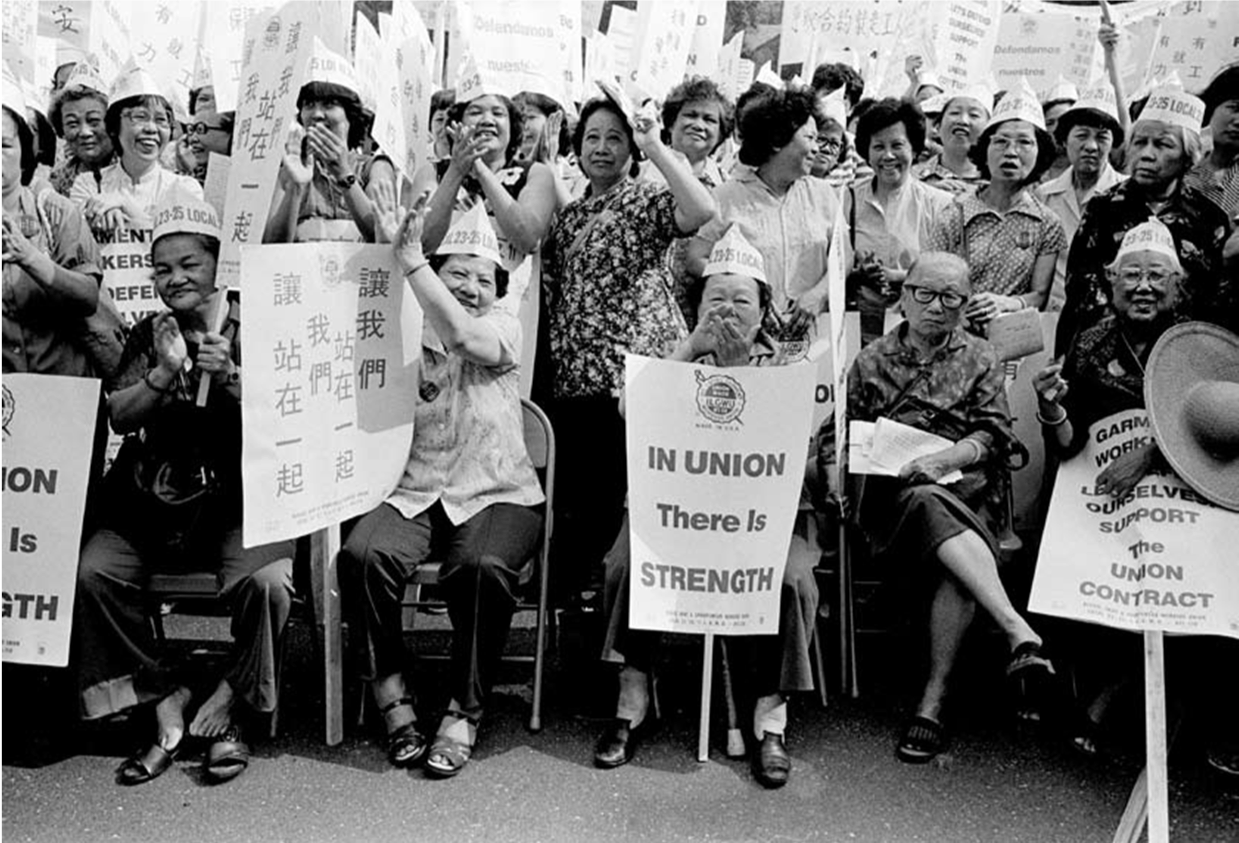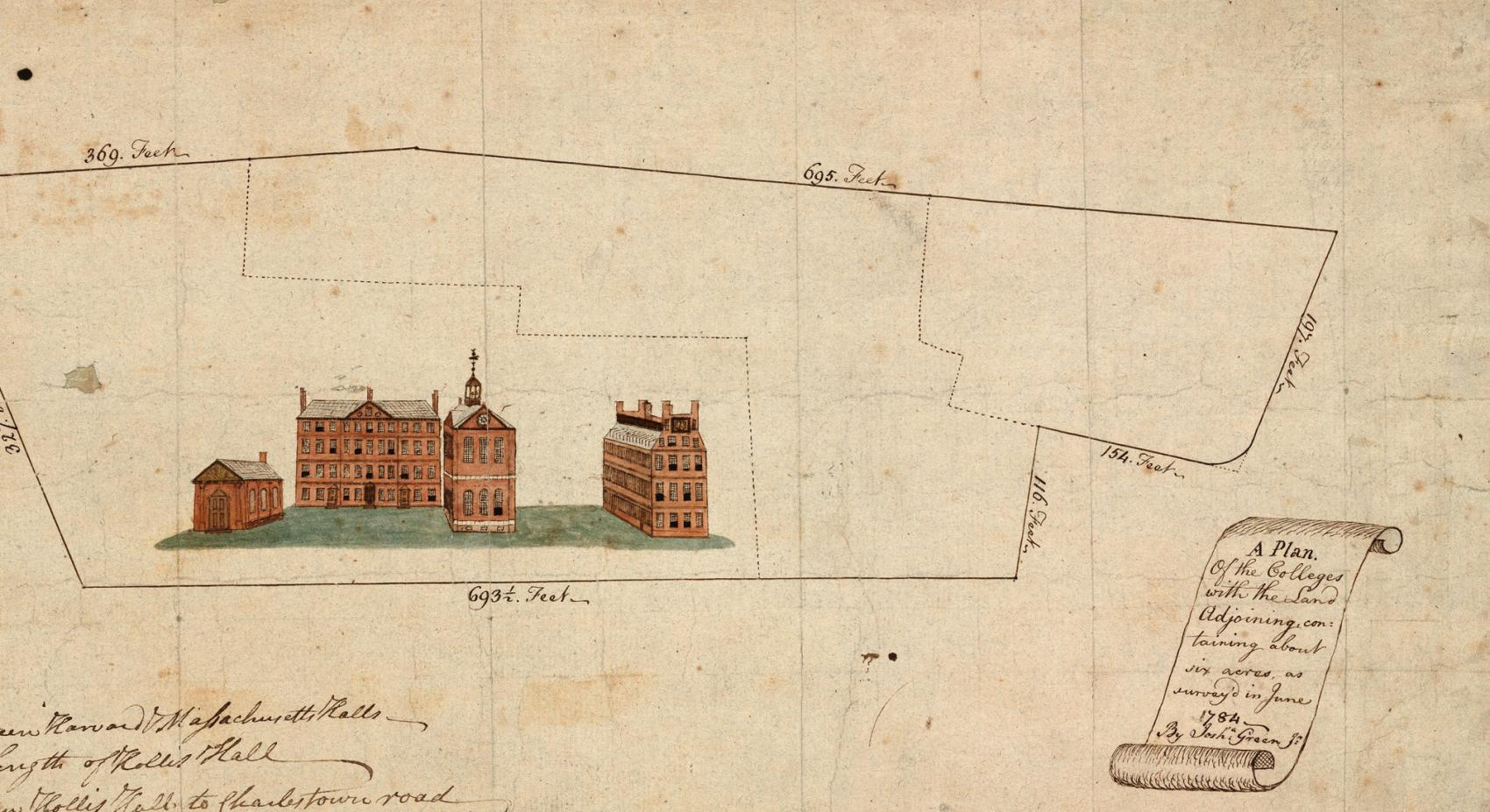Asian American women’s history is a rich tapestry woven from threads of resilience, struggle, and triumph, often overlooked in mainstream narratives. Their stories, often pushed to the fringes of historical discussions, are now receiving much-needed attention through initiatives like the recent exhibition at the Schlesinger Library, titled ‘Illuminate: Contextualizing Asian American Women’s Stories Through the Archives.’ This engaging historical exhibition showcases a diverse array of artifacts, from photographs to political posters, spotlighting pivotal moments in the lives of Asian American women. Collaborative efforts by students and archivists not only aim to rediscover these narratives but also encourage dialogue around the archival materials that have documented their journeys. As history unfolds, it becomes increasingly crucial to recognize and honor the contributions of Asian American women, paving the way for undergraduate research and inspiring future generations.
The chronicles of women from Asian backgrounds in America provide an essential perspective on the broader historical landscape of the nation. Often categorized as Asian American female narratives, these accounts highlight the diverse roles that women of Asian descent have played throughout American history, from activism to artistry. The ongoing efforts by institutions like the Schlesinger Library to preserve and present these stories allow us to question and redefine our understanding of heritage. By exploring the archives of Asian women, researchers and enthusiasts alike can uncover the often-ignored legacies that enrich American cultural identity. As these narratives are illuminated, they encourage a more inclusive exploration of our shared past.
Understanding Asian American Women’s Historical Journey
Asian American women have played a pivotal role in shaping the cultural and social landscape of the United States, yet their contributions have often been overlooked. Their history stretches deep into the fabric of American life, weaving together narratives of struggle, resilience, and identity formation. From the early immigrant experiences to the contemporary activism that responds to social injustices, the historical journey of Asian American women serves as a testament to their strength and influence in the face of marginalization. This rich history is crucial for understanding the broader context of American history.
The recent exhibition at the Schlesinger Library highlights these pivotal narratives, showcasing artifacts that reveal the often-invisible experiences of Asian American women. With items ranging from photographs to legal documents, the exhibit uncovers stories that not only reflect individual experiences but also collective movements. These materials facilitate a deeper examination of how societal perceptions of Asian women have evolved, echoing the need for greater visibility and recognition of their roles throughout history.
The Significance of Archival Research in Asian American Studies
Archival research plays a vital role in uncovering and preserving the stories of Asian American women, as exemplified by the works displayed in the “Illuminate” exhibition. Through the diligent work of students and archivists, previously marginalized narratives are brought to light, allowing contemporary audiences to connect with their histories. This collaboration between students and the Schlesinger Library not only enriches academic discourse but also fosters a model for future research endeavors that focus on underrepresented voices.
Exploring the archives of Asian women reveals a wealth of historical insights, from personal accounts to broader societal trends. For example, the research into the 1874 court case of Ah Fong illustrates the legal struggles faced by early Asian immigrants and the systemic barriers they encountered. Such archival projects provide an opportunity for students to engage deeply with history, ensuring that the narratives of Asian American women are incorporated into the scholarly record and public consciousness.
Exploring Cultural Expressions of Asian American Women
Art, literature, and other cultural expressions serve as powerful tools for Asian American women to share their stories and assert their identities. The exhibit at the Schlesinger Library showcases various forms of art, including comic books and zines, that reflect the lived experiences of Asian American women through different time periods. Such creative works not only provide insight into the personal narratives of these women but also challenge mainstream representations that often perpetuate stereotypes.
Recent contributions by artists like Shaina Lu further emphasize the importance of cultural expression in amplifying Asian American women’s voices. Through her translucent illustrations, Lu highlights the intersection of art and activism, encouraging reflection on the historical and contemporary experiences of these women. This dynamic relationship between culture and politics is essential for understanding how Asian American women navigate their identities and advocate for social justice.
Collaborative Efforts in Asian American Women’s History Education
The educational initiative surrounding the exhibition, which engaged students in researching Asian American women’s history, showcases the collaborative efforts vital for advancing this field of study. By combining classroom learning with archival research, students not only acquire valuable academic skills but also actively contribute to uncovering lesser-known stories. This collaborative model, highlighted by the contributions of Victor Betts and Erika Lee, reinforces the idea that education should be a participatory and communal endeavor.
Such interdisciplinary approaches not only equip students with the tools to explore their historical narratives but also promote a broader awareness of Asian American women’s contributions to society. As students delved into the archives and examined various artifacts, they sparked discussions that encouraged critical thinking about how society remembers and honors these stories. This unique synergy between education and archival exploration exemplifies the transformative power of collaborative work in understanding and preserving Asian American women’s history.
The Impact of Historical Context on the Narrative of Asian American Women
Understanding the historical context in which Asian American women lived is crucial for interpreting their stories effectively. The exhibition highlights pivotal events, such as the Chinese Exclusion Act and Japanese American internment, situating personal narratives within larger historical frameworks. By examining these intersections, viewers can appreciate how political and social upheavals have shaped the lives of Asian American women, molding their experiences of both marginalization and resilience.
Moreover, the impact of contemporary issues, such as anti-Asian violence during the COVID-19 pandemic, serves as a grim reminder that the struggles faced by Asian American women are ongoing. The acknowledgment of these historical contexts within the exhibit not only informs viewers about the past but also raises important questions about the future. The persistence of discrimination and the need for advocacy underscore the essential role of Asian American women in the fight for justice, pushing for recognition and equity in society.
Invisible Histories: Rescuing Asian American Women’s Stories
The phrase ‘invisible histories’ perfectly encapsulates the challenges faced in recognizing the contributions of Asian American women throughout U.S. history. Exhibitions like “Illuminate” strive to rescue these narratives from obscurity by presenting artifacts and stories that speak to the lived reality of these women. Archival material, such as the portraits of women displayed at the World’s Fair, not only captures their images but also invites deeper reflection on their humanity and agency, challenging past portrayals that reduced them to mere subjects of curiosity.
As we analyze these invisible histories, it becomes clear that recovering Asian American women’s stories requires a concerted effort from historians, educators, and the community. Engaging the public through exhibitions and educational programs fosters a broader understanding of these narratives, ensuring that they are integrated into America’s collective memory. Such initiatives not only validate the experiences of Asian American women but also enhance our understanding of the complexities of American history.
Archiving Asian American Women: A Collective Responsibility
The responsibility for archiving Asian American women’s stories extends beyond academic institutions; it involves a collective commitment to preserve these histories for future generations. The Schlesinger Library’s efforts to expand collections related to Asian American women demonstrate a proactive approach to tackling historical erasure. By curating such materials, institutions not only safeguard these stories but also invite diverse communities to participate in their preservation and dissemination.
This collective responsibility encompasses both recognizing and respecting the narratives of Asian American women, empowering them to reclaim their voices in the historical record. As we witness a growing interest in Asian American literature, art, and history, there is an opportunity for various stakeholders—educators, community organizations, and family archives—to collaborate in this endeavor. Together, they can build a more inclusive narrative that honors the rich tapestry of Asian American experiences.
Archives of Asian Women: A Window into Resilience and Resistance
The archives of Asian women provide invaluable insight into their resilience and resistance throughout American history. The artifacts on display at the Schlesinger Library uncover the multifaceted lives of these women, showcasing their struggles against systemic discrimination and their contributions to social movements. By documenting their experiences, these archives create a narrative of empowerment, shedding light on how Asian women have fought for their rights and representation across various contexts.
Moreover, the preservation of these stories serves not just as a historical account but also as a source of inspiration for future generations. The resilience displayed by Asian American women, whether through activism, creative expression, or community organization, resonates deeply in today’s cultural landscape. By recognizing and highlighting these histories, we foster a sense of solidarity and understanding, emphasizing that their journeys are integral to the broader narrative of American history.
Nurturing Future Generations of Researchers in Asian American Studies
Promoting the stories of Asian American women requires nurturing future generations of researchers who are passionate about uncovering these narratives. Academic programs focusing on Asian American studies, much like the course offered at the Schlesinger Library, play a crucial role in equipping students with the necessary tools and knowledge to continue this essential work. By engaging students with archival research and critical discussions surrounding representation, universities can cultivate a new wave of scholars dedicated to spotlighting often-overlooked histories.
Furthermore, these educational experiences can inspire students to take on active roles as advocates for change within their communities. As they develop their research skills, they not only contribute to the preservation of Asian American women’s histories but also learn the significance of using these stories to foster dialogue and understanding in a society still grappling with issues of race and identity. Empowering students through education ensures that the narratives of Asian American women remain vibrant and impactful for years to come.
Frequently Asked Questions
What is the significance of the Schlesinger Library’s exhibit on Asian American women’s history?
The Schlesinger Library’s exhibit, titled “Illuminate: Contextualizing Asian American Women’s Stories Through the Archives,” highlights the often-overlooked narratives of Asian American women throughout history. By showcasing artifacts such as photos and documents spanning 150 years, the exhibit encourages a reevaluation of the roles these women played and the erasure of their contributions in American history.
How does the Schlesinger Library collaborate with students to explore Asian American women’s history?
The Schlesinger Library involves students in the exploration of Asian American women’s history through co-taught courses, like “Asian American Women’s History in the Schlesinger Library.” Students engage with archival materials, conducting research that uncovers forgotten narratives, such as the legal actions of Chinese women in the 19th century, enhancing their understanding of historical contexts and advocacy.
What role do archives of Asian American women play in preserving their history?
Archives of Asian American women serve as vital resources for preserving and highlighting their history. By collecting and maintaining documents, photographs, and personal stories, institutions like the Schlesinger Library ensure that the experiences and contributions of Asian American women are recognized and remembered, offering a richer perspective on American history.
What examples of Asian American women’s contributions to history are highlighted in the Schlesinger Library’s exhibit?
The Schlesinger Library’s exhibit features contributions from Asian American women such as the legal efforts of Ah Fong, a Chinese woman involved in a landmark court case, and artists like Shaina Lu, whose work illustrates the historical activism of these women. These examples underscore their pivotal roles across various movements, including immigration rights and community organizing.
What can visitors expect to learn from the “Illuminate” exhibit at the Schlesinger Library?
Visitors to the “Illuminate” exhibit can expect to learn about the diverse experiences of Asian American women through a comprehensive display of artifacts, including photographs, political posters, and artworks. The exhibit invites them to challenge preconceived notions about history and recognize the vital contributions of Asian American women from the past to contemporary society.
How do contemporary Asian American women’s narratives differ from those in historical archives?
Contemporary Asian American women’s narratives are increasingly articulated in their own voices, contrasting with historical archives where women’s stories were often told by others, frequently through a colonial lens. The Schlesinger Library illustrates this shift by showcasing modern accounts alongside historical items, highlighting both the progress made and the gaps that still exist in understanding Asian American women’s history.
| Key Points |
|---|
| The Schlesinger Library’s new exhibition highlights the often-overlooked history of Asian American women, showcasing artifacts, photos, and stories that illustrate their experiences over the last 150 years. |
| The exhibition includes photos from the 1904 St. Louis World’s Fair, where Ainu and Visayan women were displayed, prompting a discussion on their erasure and visibility in history. |
| A collaborative course was introduced to delve into this marginalization and empower students to explore Asian American women’s roles in history. |
| Notable figures such as Grace Zia Chu and Madhur Jaffrey exemplify contemporary Asian American women who have documented their narratives. |
| Historic cases like that of Ah Fong highlight legal battles fought by Chinese women, underscoring their contributions to the fight for rights. |
| The exhibit contextualizes Asian American women’s experiences amid significant historical events, such as the Chinese Exclusion Act and Japanese internment. |
| Artist Shaina Lu contributed artwork that symbolizes the ongoing struggle for justice and representation among Asian American women. |
| Victor Betts emphasizes the importance of recognizing Asian American women’s stories as integral to American history. |
Summary
Asian American women’s history reveals the untold narratives and contributions of women who have significantly shaped American culture and society. The Schlesinger Library’s exhibition shines a light on these stories, challenging viewers to reconsider the visibility of Asian American women throughout history. By exploring artifacts and accounts that span over a century, we begin to understand how their experiences intertwined with pivotal moments in American history. Through their struggles, leadership, and artistic expressions, Asian American women have consistently fought for justice and representation, making their stories an essential part of the broader American narrative.



